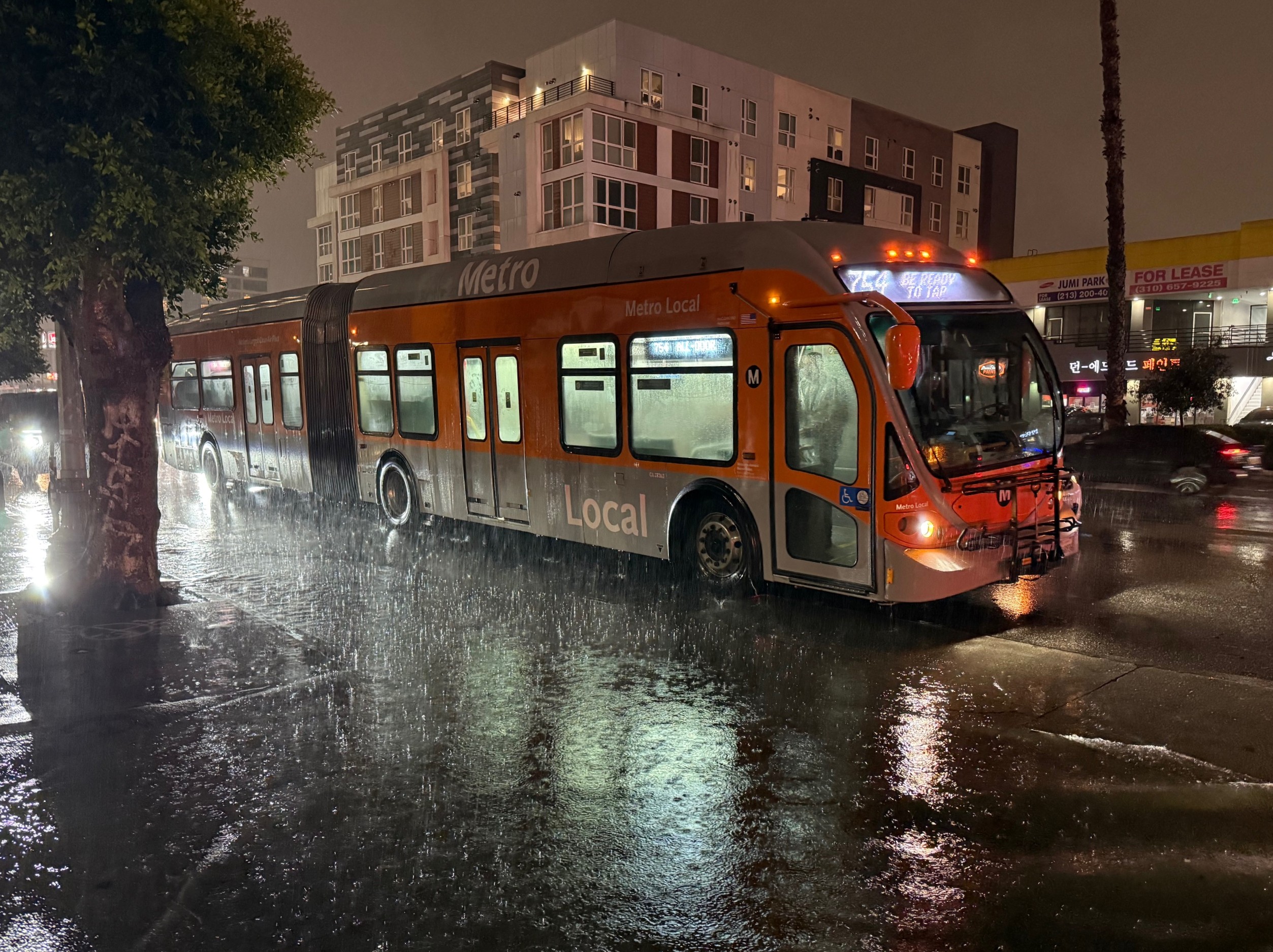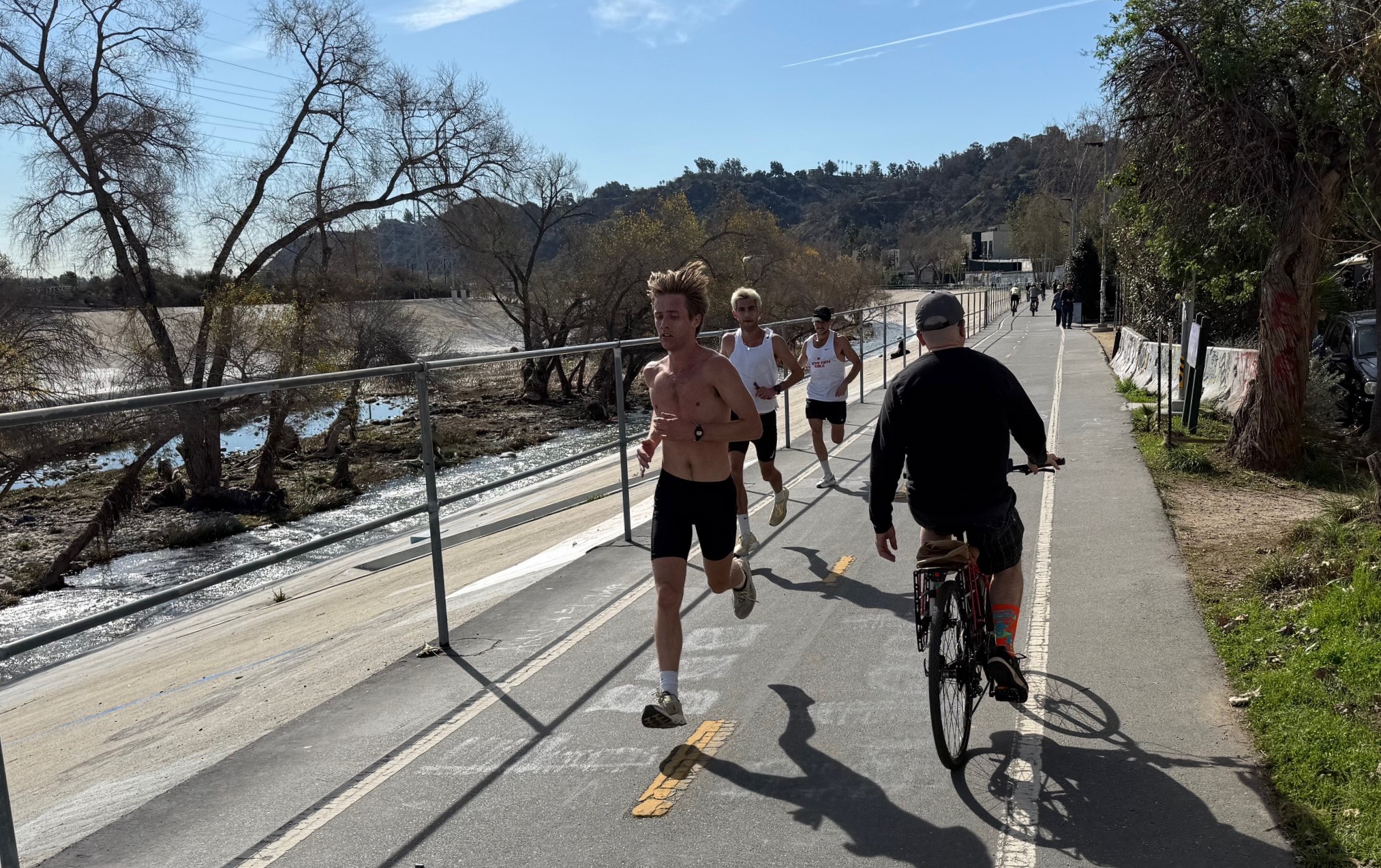Traffic fatalities are on the rise up again, with an increase of 8.1 percent in the first half of 2015, according to the National Highway Transportation Safety Administration. As is their practice, NHTSA officials are attributing the problem to driver (or passenger) error -- drunk driving, speeding, failure to wear seatbelts -- but did promise "new initiatives to protect vulnerable road users such as pedestrians and cyclists."

The hazards NHTSA flags are real, but Robert Steuteville at Better Cities & Towns says the agency is also overlooking another major culprit: dangerous street design, propagated by an engineering profession that's still pushing a "bigger is better" agenda:
The problem is rampant in states like Florida, which ranks first in the dubious category of pedestrian fatalities. Florida has more than twice the traffic deaths (2,443 versus 1,200) and nearly equal population to New York State.
What’s the difference? Florida is 91 percent urban, which should make it safer -- rural areas where people drive long distances at high speeds are particularly hazardous. But New York has old cities that were originally built without the “safety” benefits of modern traffic engineering. Florida is built around the automobile, and is especially endowed with wide travel lanes -- which are favored by engineers.
Wide lanes are deadly in urban places, as planner Jeff Speck reported in detail last year, because they encourage speeding. Narrow lanes make drivers more cautious—and save lives. Slower traffic allows walking, biking, and other forms of transportation to flourish.
Modern traffic engineering concentrates traffic in a hierarchy of less connected streets and larger blocks. Researchers Garrick and Marshall conducted the definitive study of how that strategy worked on 24 California cities. Half of the cities have smaller blocks and were laid out mostly before 1950. The other half were modern suburbs blessed with wide roads and large blocks and more than three times the traffic fatalities per capita of the older cities. The older cities display triple the walking, four times the transit use, six times the bicycling, and immeasurably more charm.
Florida, for its part, has been making progress, with a new complete streets policy encouraging narrower lanes. But some old-school Florida engineers are pushing back. Steuteville reports that a group within FDOT opposed narrower lanes by citing a study on "bus safety" that detailed the comically trivial damage to bus mirrors as a result of safer street design. Kudos to the reformers at Florida DOT for rejecting the study.
Elsewhere on the Network today: With the COP21 climate change conference underway in Paris, The City Fix considers how the global transport industry can both prevent and adapt to global warming. Vibrant Bay Area says people who live near development projects may have good ideas but shouldn't be given undue authority. And Green City Blue Lake shares a "wish list" for Cleveland's upcoming bike-share system.






